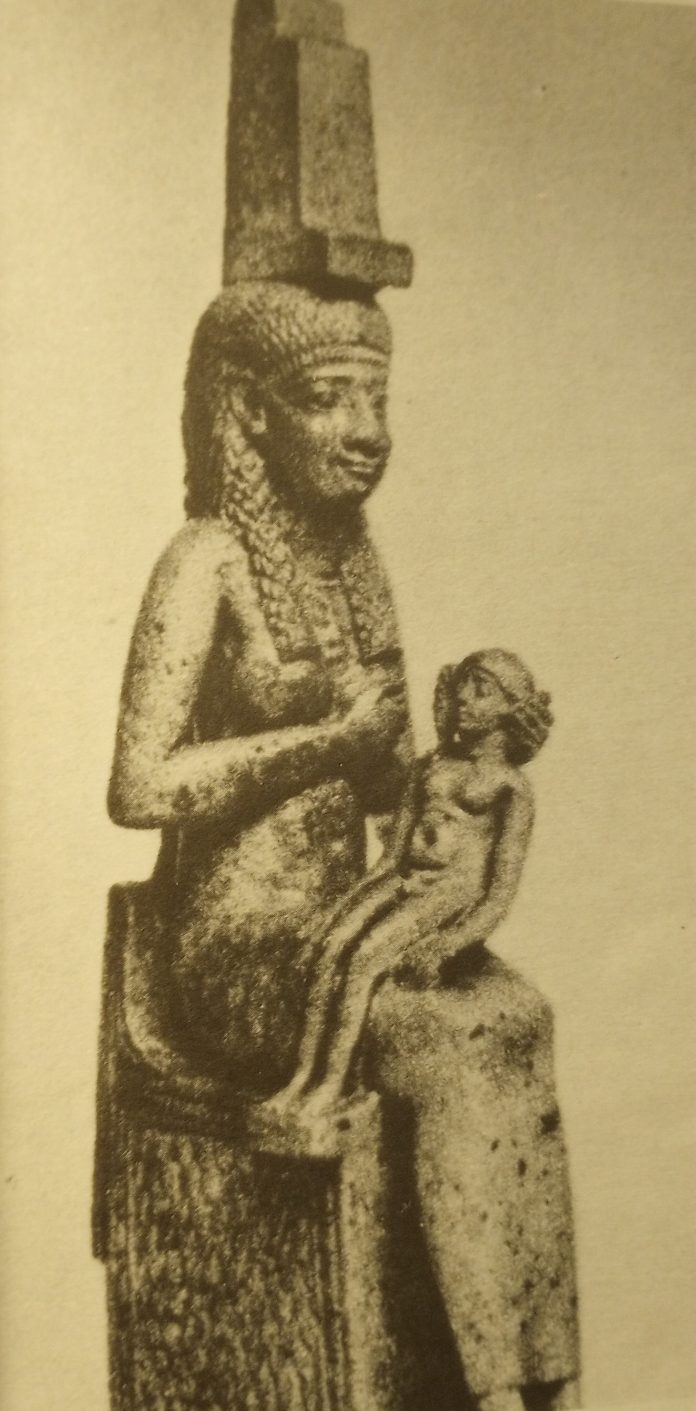“There are two things the Japanese did not let the white man take from them- their self-confidence and their image of God as they conceived him to be.”
On my classroom walls throughout the years, there remains a cultural constant that reinforces and displays African brilliance, courage, leadership, scholarship, Umoja, righteous womanhood, noble manhood, nationhood, heritage, Black Power, science, artistry, ancient history, and African statesmanship; that constant is displayed through STRONG BLACK IMAGES!
When Black children sit down at their desks to marvel at African images that look just like themselves on all (4) walls, it helps to tap into an African consciousness that dwells within their minds. Images and paintings of Moses, Imhotep, Alexander Dumas, the mighty female army of Dahomey, Pharoah Akhenaten, Ida B. Wells, Steven Biko, Robert Mugabe, the Black Panther Party, Queen Nanny, Asa Hilliard, Nat Turner, Amy Jacques Garvey, Winnie Mandela, Queen Nzinga, Betty Shabazz and even images of successful revolts on wretched slave ships, gives us fuel to stand firm, remain proud and navigate through life’s journey with confidence.
The epidemic of today’s gun violence, self-hate, Black-on-Black crime, dis-respect, envy, and intensified fratricide, can be attributed to our cultural derailment, which has ultimately helped to create our low self-esteem, self-pity, and racial inferiority. We have allowed another race of people to literally define images of beauty, success, intelligence, and even moral behavior. The images of our white colonizer and oppressor have reigned supreme throughout the magazines we read, the movies and commercials we view, the churches we attend, and even on the front cover and labels of cereal boxes and salad dressings that are stored in our cabinets.
HIPPOCAMPUS
The brain is extremely powerful, and most of us take our brain functions for granite. The complex brain structure embedded deep into the temporal lobe is called the Hippocampus. This powerful organ is responsible for storing and organizing our long-term and short-term memories. Declarative and spatial memories encompass facts, events, our experiences, pictures, music, and countless images–that our senses internally record. Unfortunately, the majority of Black people have no memories stored or references of our glorious African past. Most of us cannot revisit images of Black civilizations and empires without the presence of white people existing within that time period. Most of the oldest images that Africans have stored literally begin at chattel slavery.
**********
Thank you for reading Khabyr Hadas’ article on scoopnewsusa.com. For more on “Notes on: The Colonization and Power of Images”, please subscribe to SCOOP USA Media. Print subscriptions are $75 and online subscriptions (Print, Digital, and VIZION) are $90. (52 weeks / 1 year).


